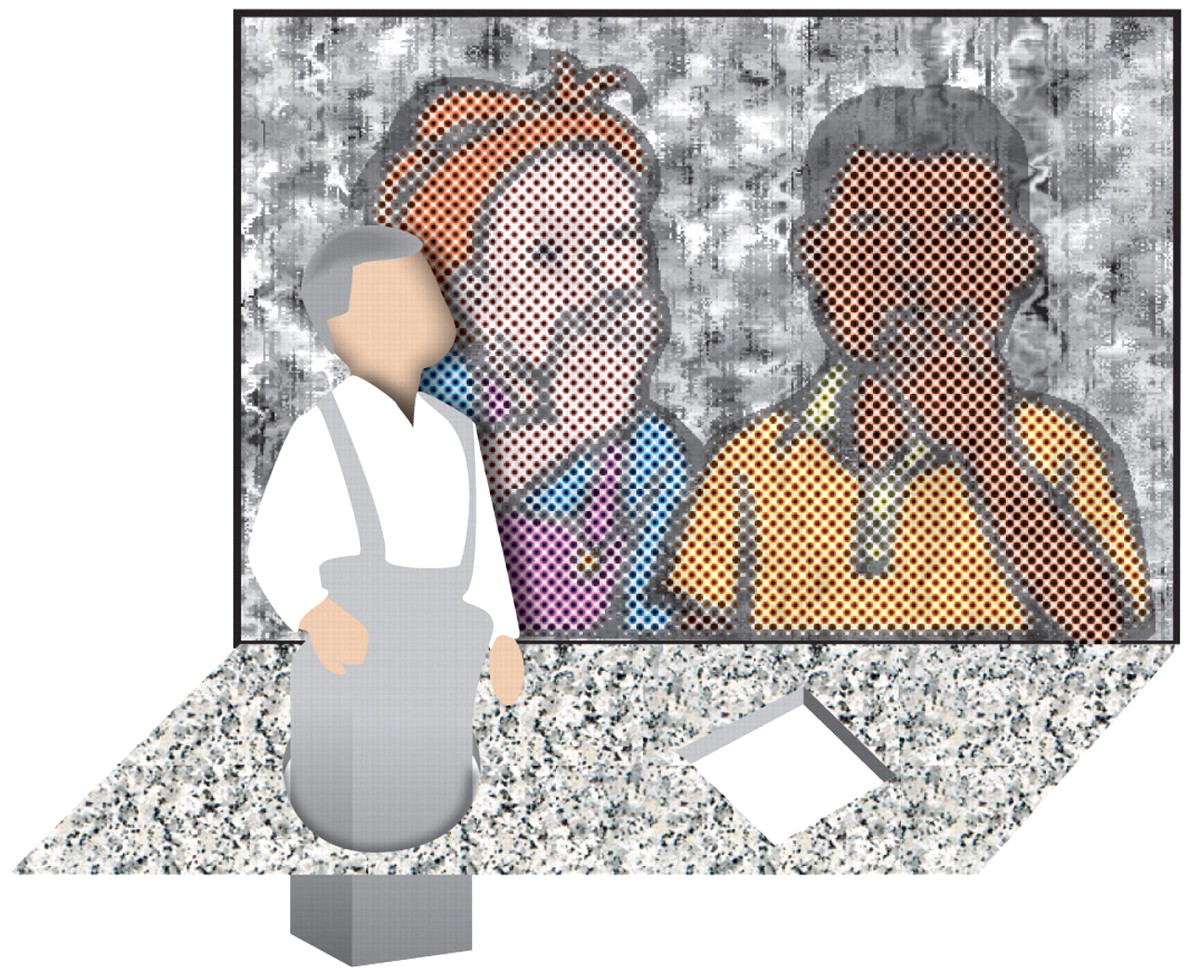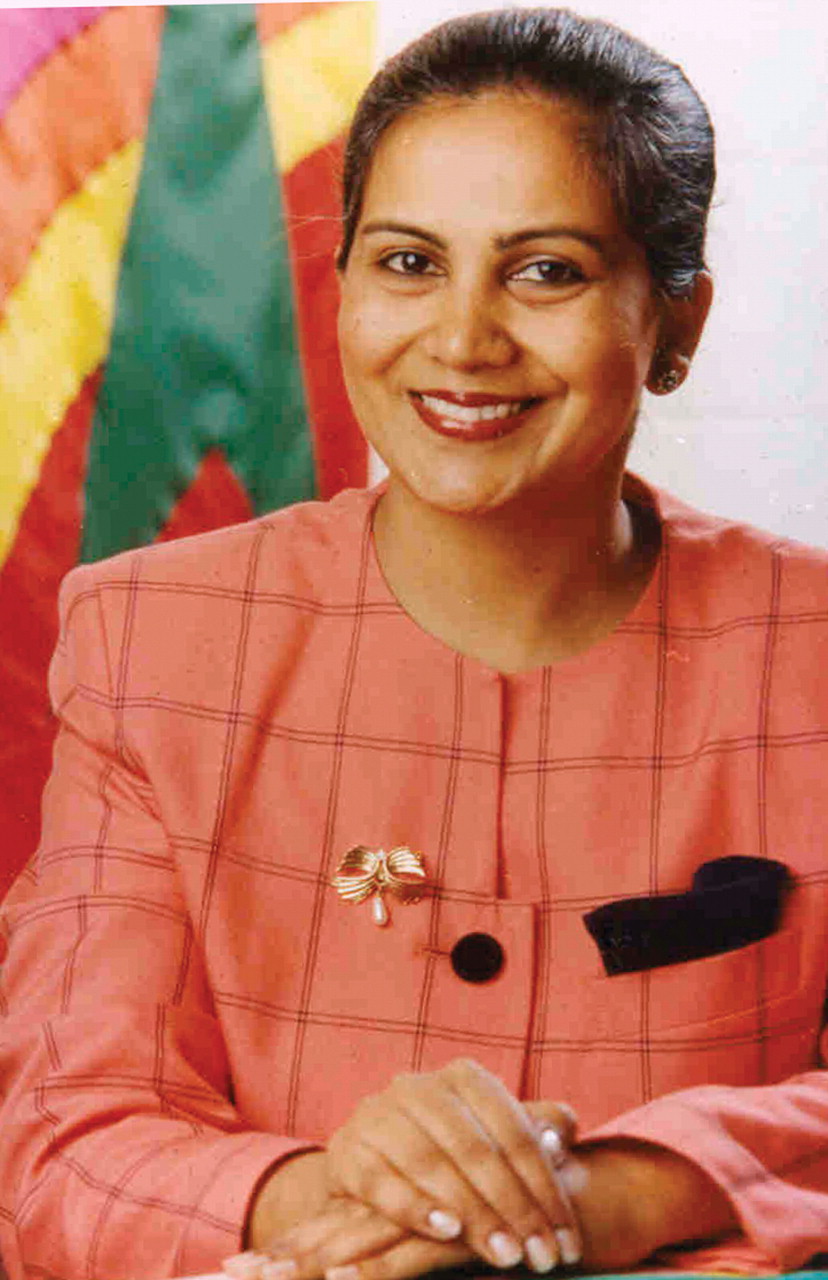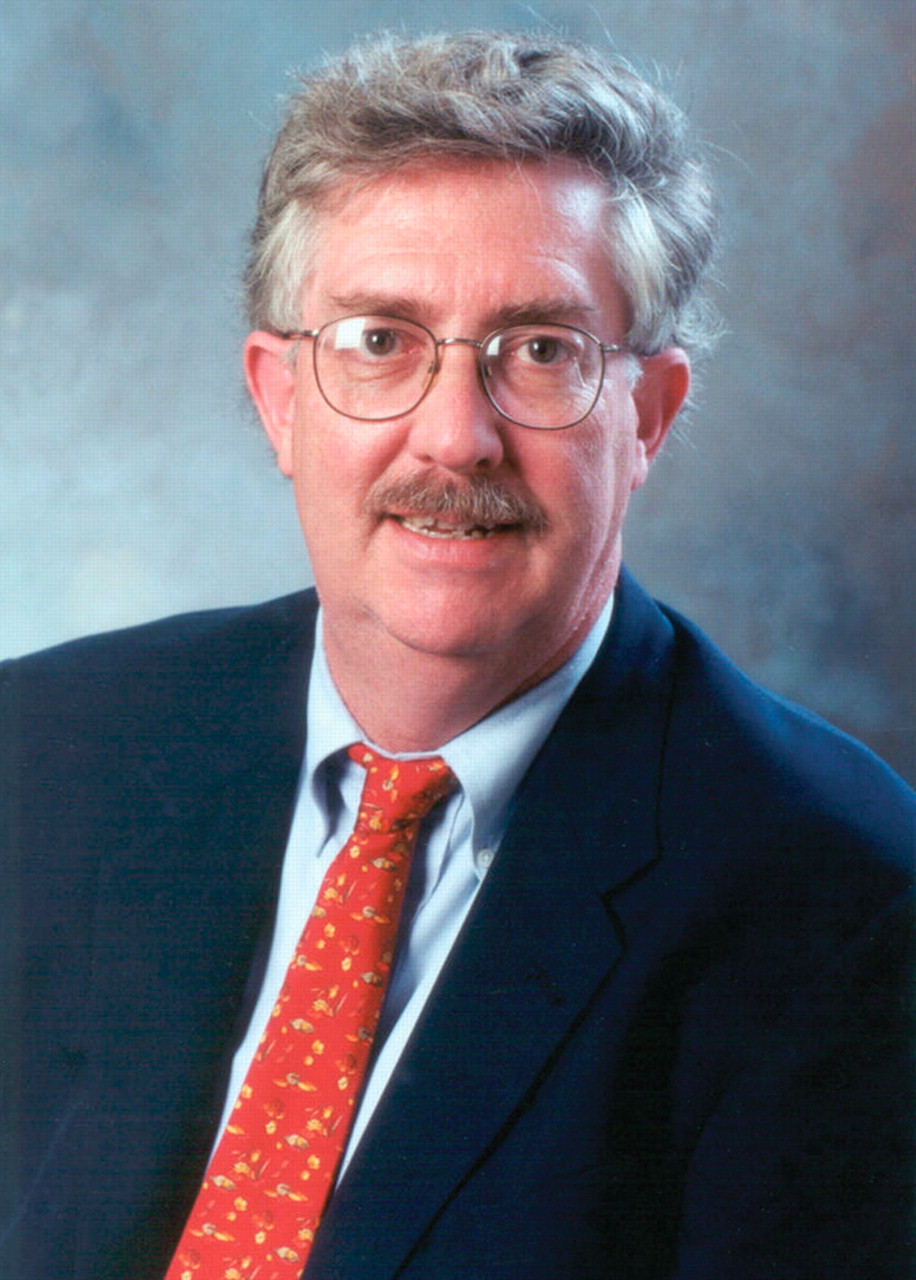Asperger's May Be Answer To Diagnostic Mysteries
As a young child, Jeannette (not her real name) was consumed by Pokemon, the collectible card game of animated creatures originated in Japan.
It was no mere pastime, but an all-encompassing interest that engaged her considerable vocabulary to the exclusion of all other age-appropriate attachments or interests. And it was accompanied by other troubling signs: an inability to make eye contact with others, to engage with peers in a reciprocal fashion, and to make friends.
As Jeannette matured, her social isolation deepened, as did the uncommon and all-consuming nature of her interests. As a teenager she developed an exhaustive knowledge about everything related to a fast-food chain in the state where she resides. At an age when conformity to the norm is at a premium and castigation of those who deviate is most severe, Jeannette inhabits an island of her own inaccessible idiosyncrasy.

Illustration: Tony MacFarlane
As little as 15 years ago, she also may have had difficulty getting a psychiatric diagnosis that fit. Too verbal and intellectually adept for autism, she was liable to get a diagnosis of obsessive-compulsive disorder (OCD), a personality disorder, or even schizophrenia.
Today, Jeannette's primary condition is recognized as Asperger's disorder, a close relative of autism distinguished by severe and sustained impairment in social interaction, but without the clinically significant delay in language acquisition characteristic of autism; also distinctive is the presence of restrictive, highly idiosyncratic interests.
First introduced in DSM-IV in 1994, Asperger's is still prone to being overlooked or labeled as something else, according to Daniel Hoover, Ph.D., director of psychology training at the Menninger Clinic and an associate professor of psychiatry at Baylor College of Medicine.
As in the case of Jeannette, OCD is often diagnosed; Hoover acknowledged that Jeanette exhibits some of those features and receives medication for them. But overlooked before she was diagnosed with Asperger's was the severe and sustained impairment in social interaction, dating back to her earliest years, he said.
Hoover and other clinicians who spoke with Psychiatric News said awareness of Asperger's by general and child psychiatrists has grown steadily in the last 12 years, providing a diagnostic fit for children and adults whose lifelong experience has often been most akin to that of the square peg.
“Even a decade ago people had a good understanding about autism, but these Asperger-y kids fell between the cracks,” said Aradhana Bela Sood, M.D., M.S.H.A. “They didn't fall neatly into any psychiatric diagnosis, and they didn't look like they had autism because their language was so well developed.”
She is chair of the Division of Child and Adolescent Psychiatry at Virginia Commonwealth University Health Systems and medical director of the Virginia Treatment Center for Children.
“People knew they were odd, but no one knew what to do with them,” she said.
“As a clinician in child mental health, it has been a great relief to have this diagnosis as something you can hang your hat on. [These youngsters] have tremendous needs that must be met by schools and the medical community.”
They Talk Before They Walk
Asperger's was first described in 1944—a year after Leo Kanner described autism—by Viennese medical student Hans Asperger, who wrote about a group of boys exhibiting autistic traits but whose language was precocious.
“These are kids who talk before they walk,” explained Fred Volkmar, M.D., director of the Yale Child Study Center. “Words are their lifeline, and from a research perspective that's a critical observation that captures the difference from autism.”
Volkmar and the Yale Child Study Center have been leaders in research on and treatment of autistic spectrum disorders.
The Asperger's description went “underground” for several decades, but during an international field trial of autism conducted by Volkmar and others in the 1980s, a number of patients consistently surfaced, across cultures and languages, who matched the definition. From this emerged a consensus definition for inclusion of Asperger's in DSM-IV in 1994.

Aradhana Bela Sood, M.D.: “As a clinician in child mental health, it has been a great relief to have this diagnosis as something you can hang your hat on.”
Photo courtesy of Aradhana Bela Sood, M.D.
Now, said Volkmar, the criteria are in need of refinement and will likely be updated in the next edition of DSM. Chief among the difficulties with the current criteria is dependence upon the absence of criteria normally present in autism—namely, the lack of delay in acquisition of language at age 2 or 3—and the stipulation that if autism cannot be ruled out, it should be the diagnosis of choice.
Hoover pointed out that while Asperger's patients do not lack vocabulary or speech production and are often precocious in this area, they have trouble fitting language into context and lack other skills requiring intuition of social context.

Fred Volkmar, M.D.: “Words are their lifeline, and from a research perspective that's a critical observation that captures the difference from autism.”
Photo courtesy of Fred Volkmar, M.D.
“They may have a variety of language weaknesses as toddlers including delayed onset of speech, rattling on in tangential ways, and speech articulation problems,” he said. “But they are of a different quality than those found in high-functioning autism, such as mutism or very severe deficits in vocabulary.”
Clinicians say a patient's history of language acquisition is difficult enough to ascertain when a patient first presents at the age of 10 or 12, let alone as an adult.
“When you see these kids in the clinic, it feels somewhat artificial to make a distinction just because they had an early language delay,” said Kathleen McKenna, M.D., director of the Psychosis and Special Diagnostics Center at Children's Memorial Hospital in Chicago.
“If they had a language delay at age 3 or 4, I am forced by DSM to call it autism, and if they didn't and have a normal IQ, to call it Asperger's. That's not a problem because those who have the language delay often continue to have signs of autism. And often, the more severe cases end up being called autism and the less severe cases are Asperger's. But not always, and it can seem arbitrary eight or nine years down the road. If the family is overwhelmed, the least of their concerns is remembering exactly when the child first uttered single words and phrases.”
Confusion over diagnosis, combined with a relative paucity of research, has resulted in extremely wide-ranging estimates of prevalence of Asperger's—between 3 and 48 per 10,000, said Volkmar.
Nonetheless, as Hoover said, “there are real differences [between Asperger's and autism], and they need to be better spelled out.”
So what should clinicians look for? “In making the diagnosis, clinicians should look for three bell-ringer traits,” Hoover said.“ These are impaired social interactions, especially difficulty with social reciprocity; idiosyncratic interests or activities; and odd, mechanical, or socially inappropriate speech patterns.”
As with Jeannette, treatment may involve medication of secondary symptoms such as obsessive-compulsive tendencies or attention-deficit problems; antidepressants, anxiolytics, or atypical antipsychotic medications may be useful.
Social-skills training targeted at teaching specific, often rudimentary social rules and protocols is the other component of treatment. Social algorithms—how to respond to different social situations and verbal cues—allow patients with Asperger's to learn conversation and other social skills cognitively so they can approximate an intuitive sense of how to behave.
“In contrast to autism, you want to use the verbal capacities of Asperger's patients as a pathway to treatment,” Volkmar said.
The long-term prognosis is not necessarily bleak; the intensity of interest and volume of knowledge that patients may bring to idiosyncratic subjects can make them highly valued workers as adults. Along a continuum the symptoms of Asperger's can at some point “fade to normal,” and there are those in the community of people with autism-spectrum disorders who resist being labeled as disordered. But McKenna said that for young people, especially teenagers, the “different-ness” they experience can be traumatic.
She described her nephew, a child with Asperger's, who has developed a voluminous knowledge of Civil War facts and trivia. Others, like Jeannette, develop interests that are far less accessible to others—the mechanics and design of gasoline pumps and deep fat fryers, train schedules, and telephone pole insulators.
“Even when these kids don't meet criteria for depression, they are very much at risk for demoralization,” McKenna said. “In middle school especially they can experience self-hatred and anger as they try to make friends and find more and more that people aren't interested in their favorite topics and aren't patient with their social awkwardness.
“So there is a place in treatment for supportive therapy and psychoeducation,” she said. “Sometimes I will give them things to read about Asperger's, and they are incredibly relieved to know there is a disorder and that other people have it and have found a way to lead happy lives.”
Information about Asperger's and links to other information sites can be accessed at<www.autism.fm>, maintained by the Yale Child Study Center. ▪



